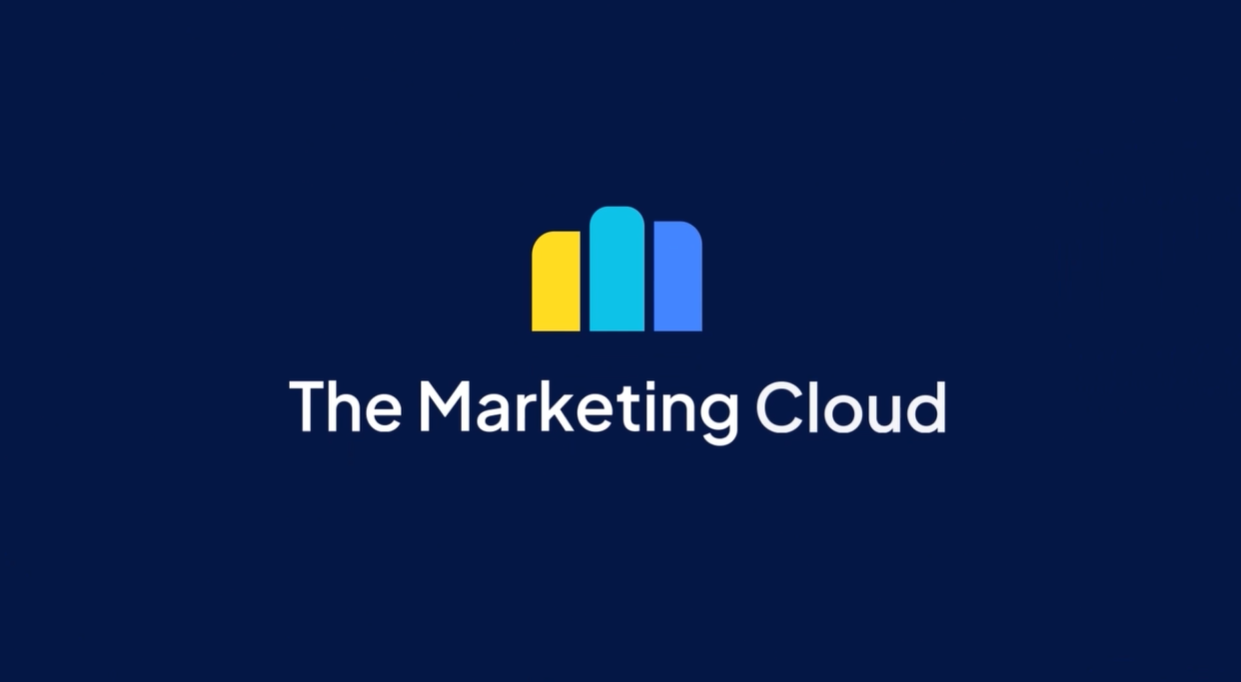Global Affiliates
Brand Explainer: What, Really, Are NFTs?
By Barbara Evans, Managing Partner, Mediaplus
CONTACT
hello@stagwellglobal.com
SIGN UP FOR OUR INSIGHTS BLASTS
NFTs – short-term hype or a serious, lasting trend? One thing at least is certain: Hardly any other topic is currently shaking up the digital world as much as non-fungible tokens, or NFTs for short. Whether it’s the crypto scene, the games market, the art world or the music world – everyone wants to participate in the latest digital gold rush. The NFT market was worth around $44 billion U.S dollars in 2021 (Chainalysis Inc.), rivaling the global art and antiques market, which generated sales of around $50 billion U.S dollars in the same period. No wonder marketers are interested in the technology. Read on for a short explainer on the phenomenon.
WHAT ARE NFTS (NON FUNGIBLE TOKENS)?
Non-fungible means “not arbitrarily replaceable”, i.e., they are individual pieces that cannot be duplicated. The term typically refers to digital assets such as images, videos, animations, audio pieces or graphics. NFTs take on the function of a digital certificate of authenticity and ownership, making the associated digital file a unique and uniquely identifiable asset – which is also quite forgery-proof: each NFT is given an individual ID and stored on a blockchain as a record that can be viewed online.
Non-fungible tokens are traded in cryptocurrencies such as Ethereum. The value of such a digital certificate can sometimes rise to astronomical heights, depending on whether it is a sought-after collector’s item or not. For example:
- In the spring of 2021, for example, the first tweet ever sent by Twitter founder Jack Dorsey on March 21, 2006, was auctioned off as an NFT for $2.9 million.
- The first source code for the World Wide Web by Tim Berners-Lee changed hands as an NFT for $5.4 million.
- An NFT from the legendary CryptoPunk series, which helped to trigger the hype surrounding tokens, achieved the fabulous price of almost 24 million dollars.
- The most expensive NFT traded so far is the digital artwork “The Merge” by the artist Pak, which fetched $91.8 million in December 2021.
HOW ARE NFTS BEING USED IN MARKETING?
The uses vary across industry.
- AUCTIONS
- Just before Christmas, for example, Vodafone auctioned off the first SMS sent via the British mobile company’s network in 1992. The telco giant donated the proceeds – 132,000 euros – to a good cause. The PR effect was far greater: more than 3,500 articles on the campaign were published worldwide in online alone, generating around two billion contacts. Coca-Cola was probably also concerned with the positive PR effect: In the summer of 2021, the beverage manufacturer auctioned four multisensory NFT collectibles for International Friendship Day, which could be experienced and used in different ways. The bright red “Coca-Cola Bubble Jacket Wearable,” for example, can be “worn” on the Decentraland 3D virtual reality platform by the avatar of the user who unlocked it. The “Sound Visualizer,” on the other hand, is designed to give an acoustic experience of enjoying an ice-cold Coke, from the fizz of an opening Coke bottle to the refreshing taste. The NFT auction raised a total of more than $ 575.000, which Coca-Cola donated to Special Olympics International.
- TRANSFERING BRANDS INTO THE METAVERSE
- Adidas Originals recently launched its first NFT collection under the slogan “Into the Metaverse.” The tokens give owners exclusive access to special products and experiences designed by Adidas in cooperation with NFT pioneers Punks Comic, Gmoney and Bored Ape Yacht Club, who are well-known in the scene. The roughly 30,000 NFTs, worth a total of more than $22 million, sold out in a matter of hours – even though the “physical” goods – a hoodie, tracksuit, and orange beanie – won’t be released until later in 2022. The digital counterparts of these are to be worn by NFT owners ins in the blockchain game “The Sandbox,” where Adidas has purchased a plot of land for its NFT community.
- INVESTING IN NFT ASSETS
- Nike is also heavily involved in the NFT business. In 2019, Nike patented the “CryptoKicks” system. Here, the sporting goods manufacturer wants to link limited shoes with a digital asset and “breed” new shoes virtually, which are then produced in real life. Finally, at the end of 2021, the company announced the acquisition of the world’s leading NFT producer RTFKT, which specializes in the design of exclusive digital sports shoes and sneakers.
WHAT SHOULD BRANDS WATCH OUT FOR AS THEY EXPERIMENT WITH NFTS?
The business of non-fungible tokens is not without its pitfalls. With the explosion of interest in the technology, the risk of crypto crime is also increasing. Wash trading is also becoming increasingly common in the NFT market — meaning the owner of a digital asset artificially drives up the price of an NFT through continuous buying and selling.
Additionally, there are questions about the ecological impact of NFTs. Blockchain can consume an enormous amount of energy and leave a large CO2 footprint. Both the production of an NFT and its sale on the blockchain require the computing power of thousands of computers. Brands for whom sustainability is key to positioning could face reputational issues with the use of NFTs.
WHAT IS THE OPPORTUNITY FOR BRANDS NOW?
It has always been the task of strong brands to be pioneers in emerging technology to drive new dimensions of the consumer experience. For brands whose identities are predicated on being challengers, or strong bridges believe this will also be the case in the area of Web 3.0, that of NFTs. Especially for a brand like Nike, whose essence is to build strong bridges to the popular culture of the new generation again and again, or even to be a cultural core itself, NFTs offer chances and opportunities to build ties that are truly “non-fungible”.
WHERE DO I GO NEXT?
Explore Stagwell’s content series on NFTs to learn more about:
Related
Articles
Artificial Intelligence, In the News, Marketing Frontiers, Press Releases, Stagwell Marketing Cloud, Tech
Jun 12, 2025
PRophet, a Stagwell (STGW) Company, Completes Integration of UNICEPTA, Launches Unified Brand and Enhanced Media Intelligence Offering

In the News, Marketing Frontiers, Press Releases, Stagwell Marketing Cloud, Tech
Jun 11, 2025
The Marketing Cloud Launches Cutting-Edge Platform to Simplify Marketing Workflows

In the News, Press Releases, Thought Leadership
Jun 10, 2025
Stagwell (STGW) Chairman and CEO Mark Penn to Discuss the Irreplaceable Power of Human Creativity on the Main Stage of Cannes Lions





